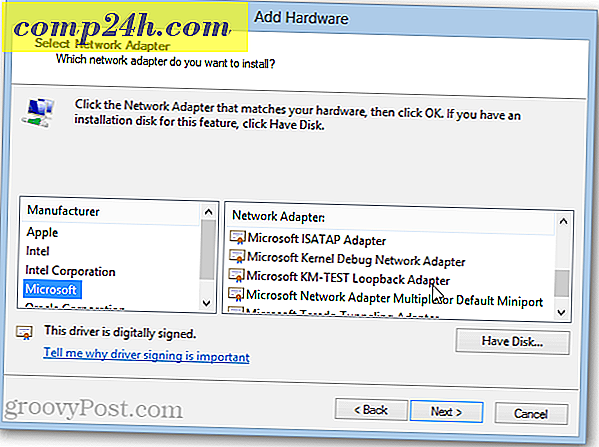Jan 25, 2010 Oracle addresses this issue in the Oracle Database Installation Guide for Windows. For version 11g (11.1) look at page 2-13. The guide clearly explains how to set up a loopback adapter so that Oracle will use the loopback's fixed IP address (which leads back to your computer). It turns out that adding a Loopback adapter in Windows 7 is a little bit tricky, because we have no “Add Hardware” menu icon within Control Panel, anymore. Everything is supposed to be detected by Windows 7. (At least in current Windows 7 RC1). Mar 04, 2011 Below are the instructions using which you can install Microsoft Loopback Adapter on a Windows 7 computer. Click on Start button. From the start.
Hi,
I would suggest you to follow these steps and check if it helps.

Method 1:
Try these steps:
- Click Start – Search for cmd, right-click cmd and select “Run as Administrator”
- From the command prompt, run “hdwwiz.exe“. This should launch the “Add Hardware Wizard“. Click Next.
- Select “Install the hardware that I manually select from a list (Advanced)” and click Next.
- Now from the list select Network Adapters and click next.
- Under Manufacturers, select Microsoft and select “Microsoft Loopback Adapter” under Network Adapter and click next.
- This should start the installation. Click Finish when the installation completes.
To confirm the loopback adapter installed, right-click Computer, select properties. Click Device Manager and expand Network Adapters and you can see the Loopback adapter.
Method 2:
Follow these steps and check if you can find default gateway.
- Click on start, type cmd in search box and right click on Command Prompt, select 'Run as Administrator' to open a command prompt.
- In the command prompt window that opens, type the following commands:
Reset WINSOCK entries to installation defaults: netsh winsock reset catalog
Reset IPv4 TCP/IP stack to installation defaults.netsh int ipv4 reset reset.log
Reset IPv6 TCP/IP stack to installation defaults.netsh int ipv6 reset reset.log - Restart the computer and check if it helps.
Azam – Microsoft Support.
Visit our Microsoft Answers Feedback Forum and, if you have any feedback you can post here.
I have found this question for Windows 7 many times (example), but this does not work on Windows 10, because I don't think the loopback network adapter is exposed in the same location. At least for me, I don't see a loopback device in my device manager.
Is there somewhere besides device manager that I need to look in order to disable the loopback adapter in Windows 10?

EDIT: The reason I would like to do this is to simulate a drop in internet connection for testing purposes. I am a developer programming a distributed application with Wamp. I have a Wamp router, and a subscriber. When a connection goes down, I need to ensure that my design reconnects to the server when the connection comes back up. However, I'm having trouble testing this scenario without running the router and subscriber on different machines. Having them both on the same machine would be nice for testing.
1 Answer
OK, so the answer given by @Ramhound in the comments I think is the correct answer for the title problem.
They changed the name of it to Microsoft KM-TEST Loopback Adapter. Read the instructions carefully by Kate LI. I have personally verified they do indeed work.
However, for my problem this did not work because installing this adapter, and disabling it did not stop local traffic from routing to localhost. Most peculiar in my opinion.
The answer for me was given by @strangeqargo, which was to use clumsy, which according to the github docs leverages WinDivert. It's most useful, and this is what got the job done for me. It successfully stopped packets sent from localhost and/or packets sent to localhost.